10 Sites You Must See While Strolling Across The Varanasi Ghats
By: Priyanka Maheshwari Wed, 16 Aug 2023 6:37:47
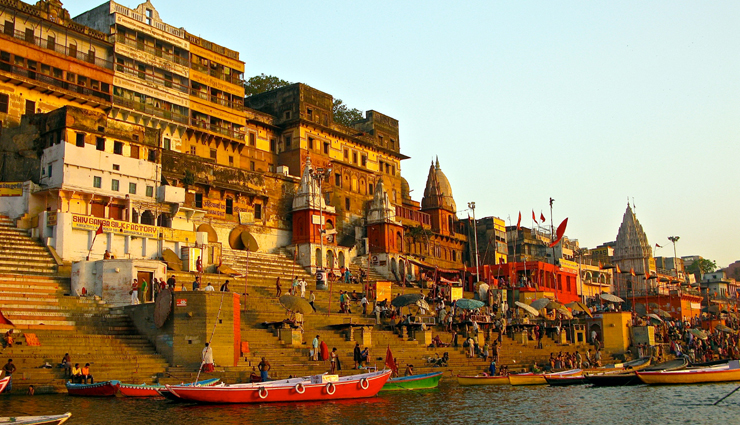
If India's heritage were to be given a face, it would undoubtedly be the ancient city of Varanasi, also known as Kashi, which has existed for millennia. Situated on the banks of the sacred Ganges River, this town serves as a living testament to the diverse history of India across different epochs. It was in this very place that Tulsidas composed the Ramcharitmanas, alongside the powerful presence of the Ganges.
This profoundly sacred and emblematic city is renowned for its age-old weaving traditions, with Banarasi sarees enjoying global esteem. When in Varanasi, one shouldn't miss the opportunity to savor the legendary Banarasi paans (betel leaves). Accommodation in the city is both comfortable and affordable, with numerous budget-friendly hotels, Havelis, and guesthouses catering to the needs of pilgrims and tourists who flock to the area.
Varanasi has been nominated for UNESCO heritage status, primarily due to its temples and Ghats. Presently, the city boasts a network of 84 ghats along the revered Ganges River. These Ghats, known for their distinct ambiance and tranquility, draw visitors from all corners of the world. As you wander along the Varanasi ghats, here's a compilation of the must-visit sites:
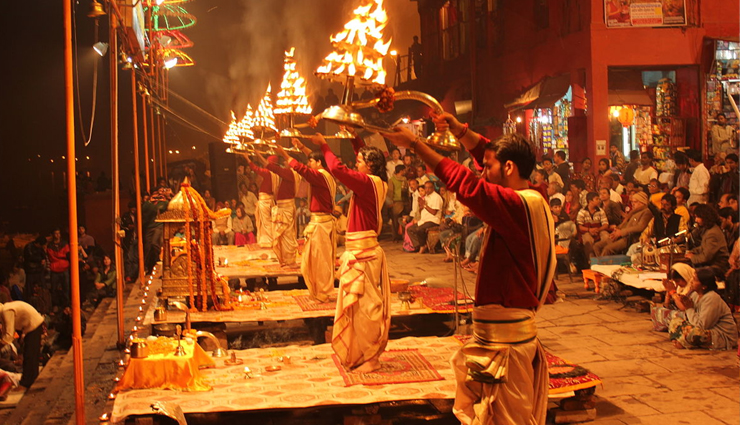
# Aarti at Dashashwamedh Ghat
Situated in proximity to the renowned Vishwanath Temple, Dashashwamedh Ghat is celebrated for its mesmerizing evening Aartis held along the banks of the Ganga River. During these enchanting moments, the Ghat becomes aglow with the radiance of diyas and lamps, as priests harmoniously recite hymns, pilgrims offer holy melodies, and the fragrant essence of incense wafts through the atmosphere, bestowing tourists with an exceptionally celestial encounter.
Esteemed for its profound religious significance, this ghat is steeped in numerous myths. Ancient tales recount that Lord Brahma conducted a Dasa-Ashwamedha yajna, involving the sacrifice of ten horses, at this very site. Upholding this tradition, a group of priests meticulously perform the "Agni Pooja" ritual with unwavering devotion at this ghat each evening. If you are on the lookout for Varanasi's rich heritage and traditions, a visit to this Ghat becomes an indispensable experience.
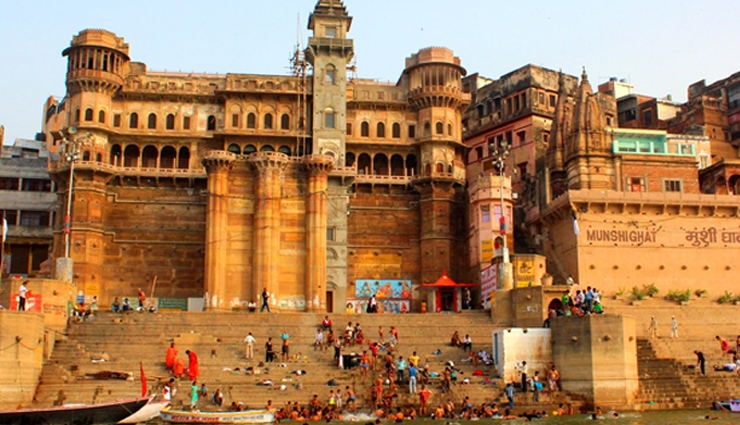
# Darbhanga Ghat
Experience the serene charm of the Ganges River and the natural surroundings by exploring Darbhanga Ghat. This location offers an ideal opportunity for you to unwind and partake in a sacred dip in its vicinity. The ghat takes its name from the distinguished Darbhanga royal family, who not only lent their title to it but also constructed an exquisite palace along the riverbank. This palace provides a vantage point for observing various rituals and events that unfold by the riverside.
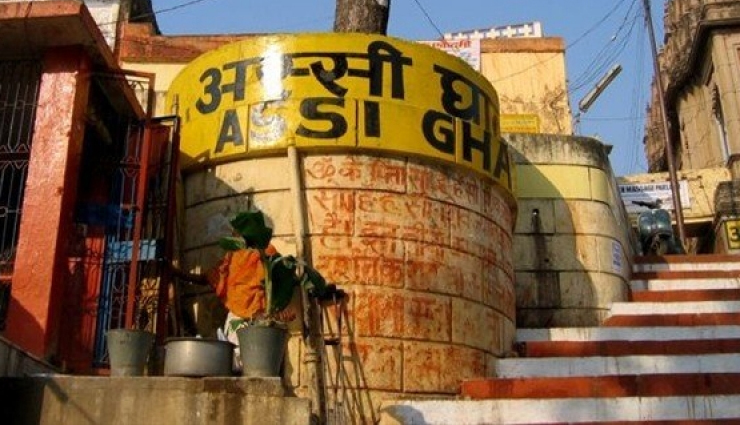
# Asisangameshwar Temple
Situated adjacent to the Banaras Hindu University on Asi Ghat, this temple dedicated to Lord Shiva, adorned with marble, attracts a significant number of visitors during festive occasions such as Prabodhni Ekadashi and Makar Sankranthi. Revered for its sacred atmosphere, this temple draws a multitude of pilgrims who enter its inner sanctum after purifying themselves with a holy dip in the Ganges River.
Exploring this temple should be coupled with a comprehensive exploration of the Ghat itself. Positioned at the confluence of the holy Ganges and the river Asi, which lends its name to the ghat, this location is also renowned for a sizable Shiva Lingam situated beneath an ancient peepal tree.
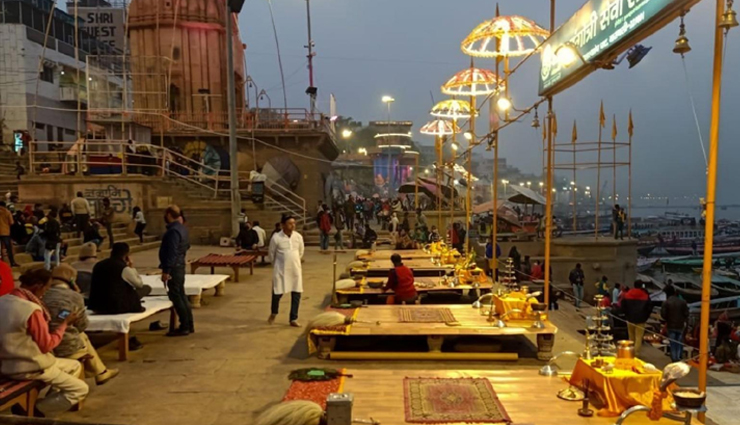
# Manikarnika Shrine
Regarded as a renowned shakti peeth, this sanctuary draws travelers and devotees from around the globe. Positioned on the Manikarnika Ghat, the temple is erected upon the spot where the Manikarnika, also known as the earring of Sati, descended subsequent to Lord Vishnu dividing her body into 51 fragments.
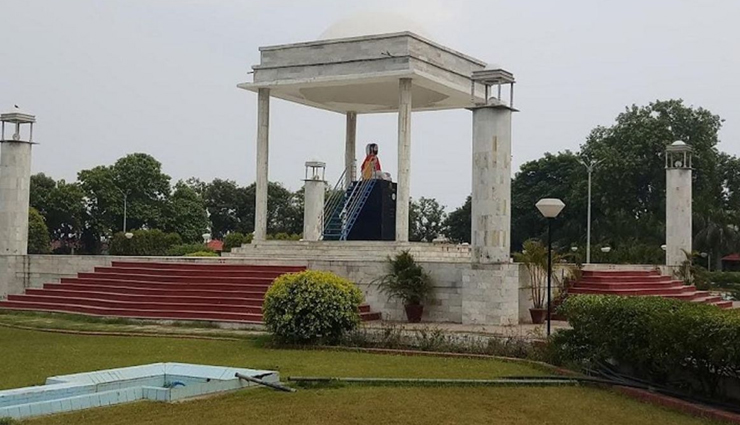
# Sant Ravidas Smarak Park
Constructed in honor of Sant Ravidas' 631st birthday, this expansive 25-acre park situated adjacent to the Sant Ravidas Ghat introduces an element of excitement to your Varanasi expedition. It presents a helium balloon ride opportunity, attracting numerous visitors who seek an aerial perspective of the sacred city.
The Ravidas Ghat complex also encompasses the Sant Ravidas temple and is conveniently reachable with a mere 13-minute drive from the Shri Ravidass Janam Asthan.
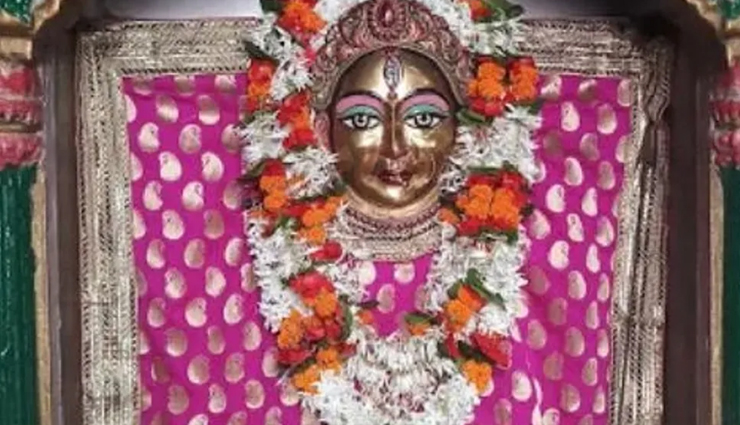
# Shrine of Lalita Devi
Situated at the Lalita Ghat, this sacred temple is home to the deity Goddess Lalita, who holds a paramount and central role among the Dasha-Mahavidyas. Revered for her extraordinary abilities, a pilgrimage to this sanctuary has provided solace and resolution to the troubles and difficulties faced by devotees over the years.
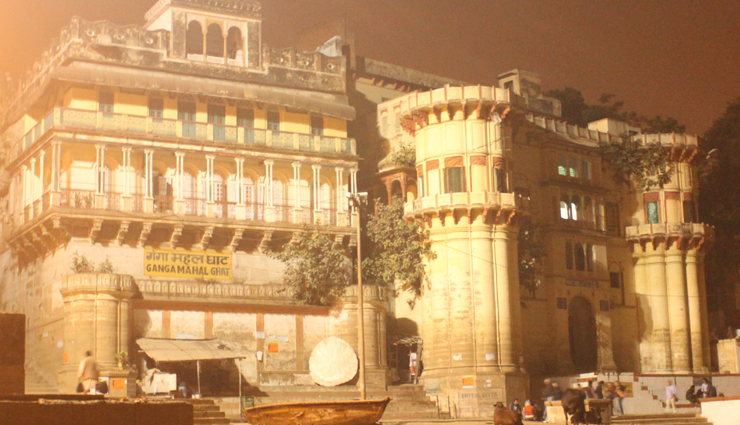
# Ganga Mahal
Positioned along the Ganga Mahal Ghat, which extends northward from the renowned Asi Ghat, this palace crafted from red sandstone belongs to the Narayana dynasty. It evokes a sense of wonder and appreciation among its visitors. Originating in the nineteenth century, the palace now serves as the design studio for Hemant Agrawal.
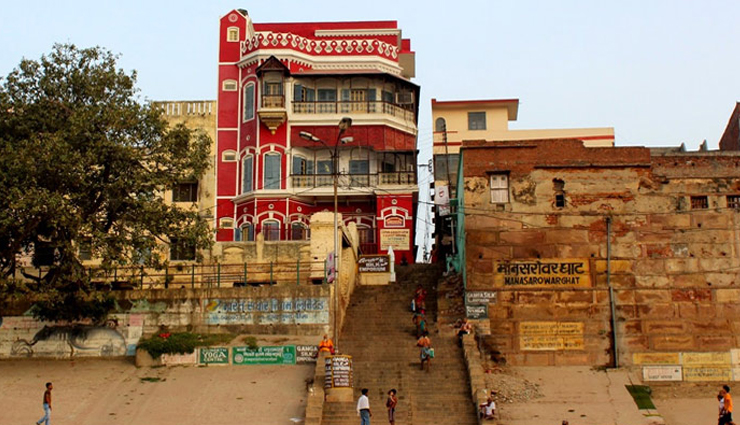
# Mansarovar Kund
Situated at the Mansarovar Ghat, this sacred pond, or "kund," was constructed under the patronage of King Mansingh of Ajmer. It draws numerous pilgrims who come to immerse themselves in its holy waters. The kund's water is believed to possess the same sanctity as the Mansarovar Lake in the Himalayas. Enveloped in the chanting of priests' mantras and the fragrant aura of flowers and incense, the ghat offers a divine encounter to all its visitors, regardless of the time of day they choose to visit.
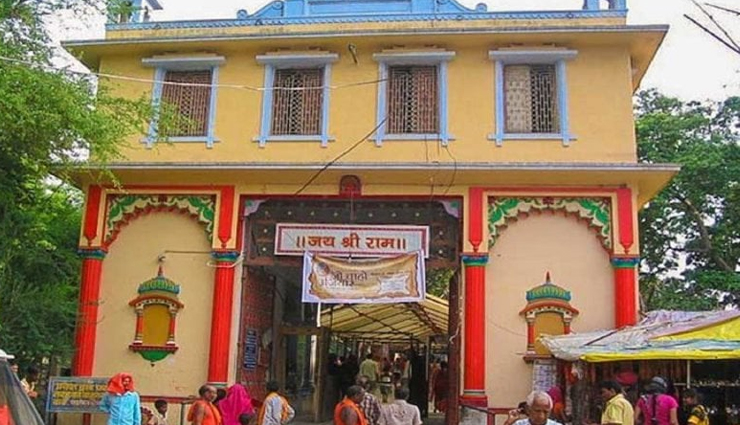
# Hanuman Mandir
Positioned on Tulsi Ghat, this temple holds the distinction of safeguarding the Awadhi rendition of the Ramcharitmanas, authored by Tulsidas. Regrettably, the manuscript was stolen in 2011; however, the temple endures as a prominent destination, welcoming a substantial influx of visitors on a daily basis. Adjacent to the temple lies the revered Lolark Kund, renowned for its sanctity and reputed for its ability to alleviate ailments including leprosy. The Lolark Sasthi festival, celebrated here, constitutes yet another compelling highlight of the Ghat.
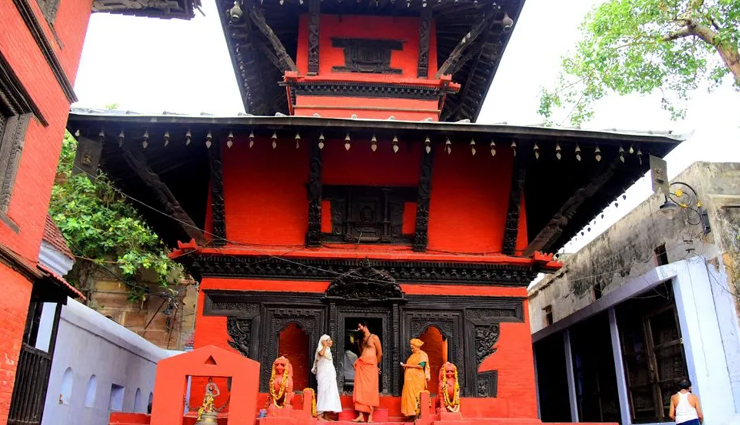
# Nepali Mandir
The Nepali Mandir, situated in Varanasi, India, is a unique architectural marvel constructed in the 19th century. Its pagoda-style design is a testament to the cultural ties between India and Nepal. Dedicated to Goddess Shiva, the temple features intricate wood carvings and Nepalese craftsmanship. Amidst the city's hustle, the temple offers a tranquil space for devotion and reflection. It symbolizes the connection between Indian and Nepalese cultures and stands as a reminder of unity and religious diversity.





